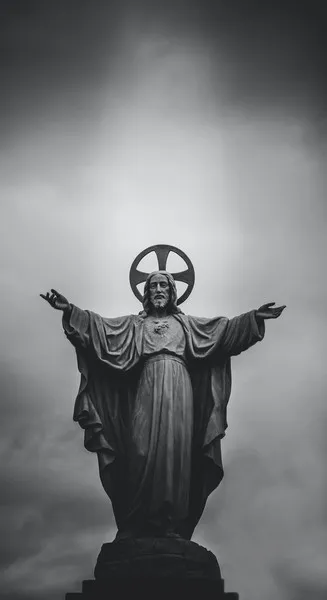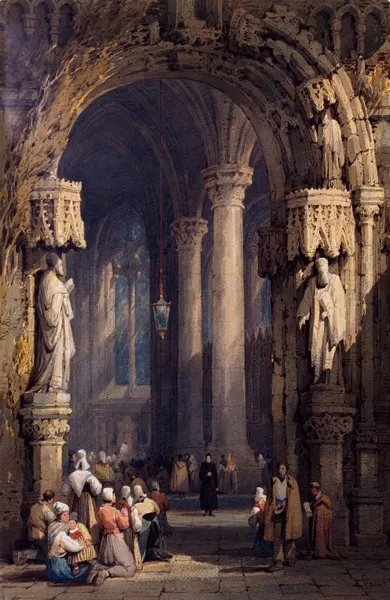Sociology, as a discipline, seeks to understand and analyze various social phenomena and their impact on individuals and societies. One intriguing concept within sociology is that of “Messianic Figures.” In this article, we will outline and explain the significance of Messianic Figures in the context of sociology.
Defining Messianic Figures
Messianic Figures refer to individuals who are perceived as saviors or leaders with the ability to bring about significant social change. They are often seen as possessing extraordinary qualities or abilities that set them apart from ordinary individuals. The concept of Messianic Figures can be found in various religious, political, and social contexts.
Historical and Cultural Examples
Throughout history, there have been numerous examples of Messianic Figures who have emerged in different societies and cultures. These figures often arise during times of social unrest, upheaval, or crisis, offering hope and promising a better future.
One well-known example is Jesus Christ, who is considered a Messianic Figure in Christianity. Jesus was believed to be the Son of God, sent to save humanity from sin and bring about a new era of salvation. His teachings and actions inspired millions of followers and continue to shape the beliefs and practices of Christianity today.
In the political realm, figures like Mahatma Gandhi and Nelson Mandela are often regarded as Messianic Figures. Both leaders fought against injustice and oppression, advocating for equality and freedom. Their charisma, moral authority, and ability to mobilize people played a crucial role in their respective movements for social change.
Characteristics and Impact
Messianic Figures typically possess certain characteristics that contribute to their influence and impact on society. These characteristics may include:
- Charisma: Messianic Figures often possess a magnetic charm and persuasive power that attracts followers and garners support for their cause.
- Symbolism: They often embody powerful symbols or archetypes that resonate with people’s hopes, fears, and aspirations.
- Prophecy: Messianic Figures may make predictions or prophecies about the future, offering a vision of a better world and inspiring hope.
- Self-Sacrifice: They may be willing to make personal sacrifices for the greater good, further enhancing their perceived legitimacy.
- Transformation: Messianic Figures are often associated with transformative events or movements that challenge existing social structures and norms.
The impact of Messianic Figures can be profound and far-reaching. They have the potential to mobilize masses, shape public opinion, and inspire collective action. Their influence can extend beyond their immediate followers, impacting society at large and leaving a lasting legacy.
Critical Perspectives
While Messianic Figures can have a positive impact on society, they are not without their critics. Some argue that the belief in Messianic Figures can lead to blind faith, dependency, and the abdication of personal responsibility. Others caution against the potential for manipulation and abuse of power by those claiming to be Messianic Figures.
From a sociological perspective, it is important to critically examine the role and influence of Messianic Figures in society. By understanding the social, cultural, and psychological factors that contribute to their emergence and popularity, we can gain insights into the dynamics of social change and collective behavior.
Conclusion
Messianic Figures play a significant role in sociology, representing individuals who are seen as transformative leaders capable of bringing about social change. Their charisma, symbolism, and ability to inspire hope make them influential figures in times of crisis or social unrest. However, it is crucial to approach the concept of Messianic Figures with a critical lens, acknowledging both their potential positive impact and the risks associated with blind faith and abuse of power.
By studying Messianic Figures and their impact on society, sociologists can gain valuable insights into the dynamics of social movements, collective behavior, and the human quest for meaning and change.





